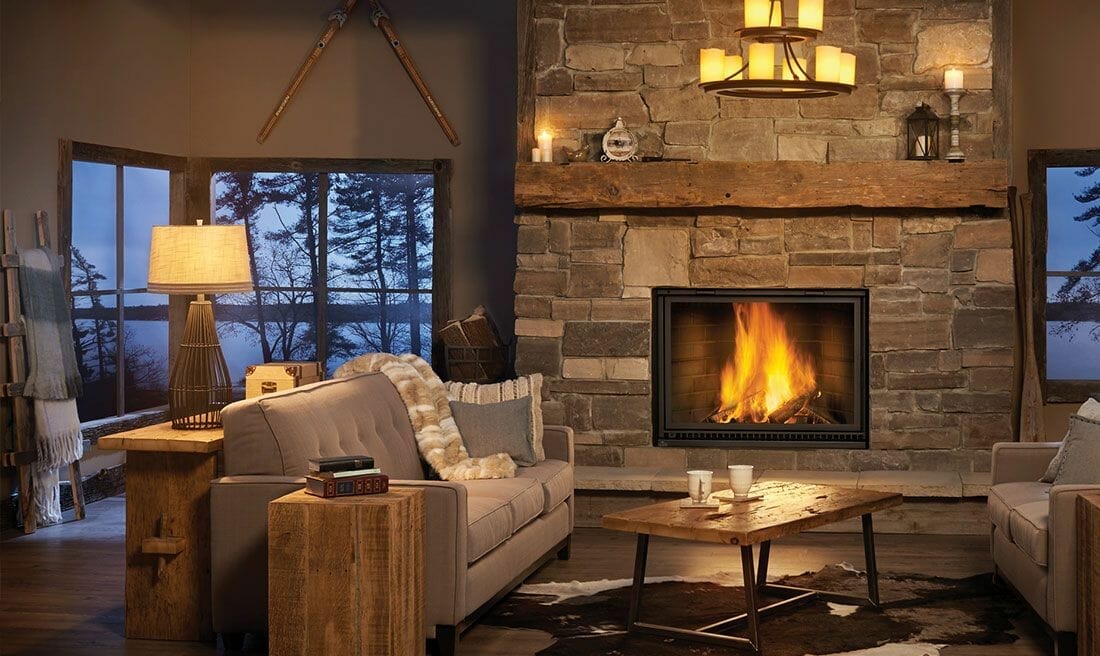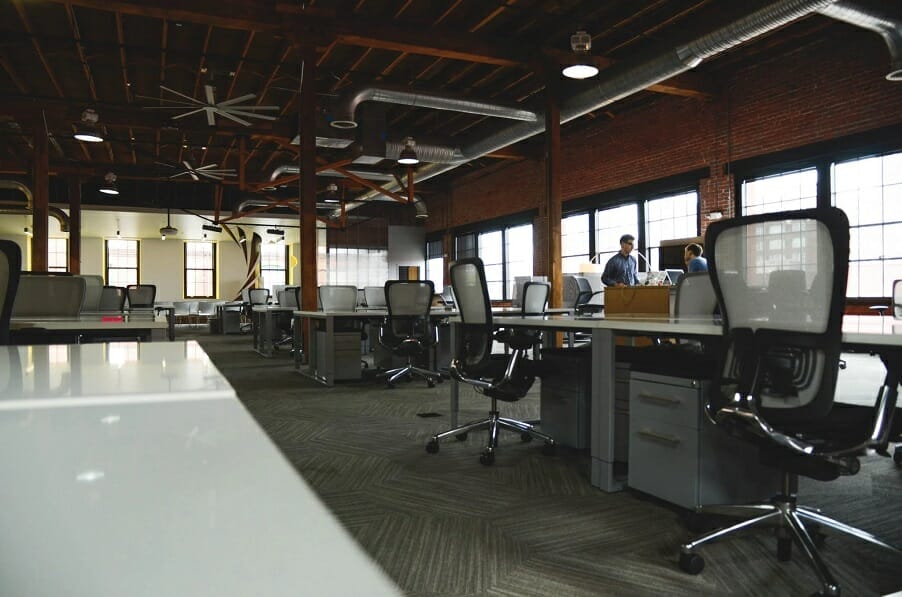Office design can increase employee productivity. Here’s why!
With the rise in the number of companies in the world, it is always critical to be able to have everything in a place that is manageable and easy to use. Offices are a place that requires a lot of attention to detail and creativity as well. A good office design is essential for not only comfort but also productivity.
The office is where most of our lives are spent. So it is only natural that a lot of thought goes into designing the ideal office space. With that said, it is no wonder that a lot of companies and even some governments are starting to think about how they can design their office spaces to be as efficient and productive as possible. While efficiency and productivity are two words that are often used interchangeably, they are not the same thing. Efficiency is a metric that states the amount of output per input. In other words, how much work we get done for each hour we work. Productivity, on the other hand, is a metric that states the amount of output per unit of input. In other words, how much work we get done for each hour we work. This is where office design can truly make a difference. The following are some of the most important office design trends that help to boost productivity.

Flexible space
One of the biggest trends in office design has been the advent of flexible offices. In a flexible office, the physical barriers between workstations are removed. This has reduced the cost of office space and created a more collaborative environment, which is good for employee productivity. But as technology improves, there is a growing trend toward office spaces that are flexible and allow employees to choose where they want to work. In this kind of office, it is not uncommon to see people working in a comfortable lounge area, at a standing desk, or in a private cubicle. The ability to choose where to work improves employee productivity because it makes them more motivated. It also allows them to work better in teams because they don’t feel like they have to be in the same area all the time. The ability to choose where to work is also good for employee satisfaction and retention.
A blend of semi-private, private, and open workspaces
Trends in office design are constantly changing, especially when it comes to the way companies treat their employees. As offices become more open, the need for privacy is still big. Thus, more and more companies are beginning to use “semi-private” and “private” spaces to cater to the needs of their employees. A study by Deskmag shows that private, semi-private, and open spaces all contribute to increased employee productivity. The study states, ” Private or semi-private space can be designed to optimize focused work, while open space can be designed to promote collaboration.”
A recent study by the makers of the world’s most popular open-source project management software, Redmine, has revealed that most developers are happier when they have a private office or at least a semi-private desk. The study, which was conducted by the same team who designed Redmine, surveyed over 1,000 Redmine users from around the world. The survey asked individuals to rate their happiness from 1 to 5. Most respondents reported a score of 4.3 or above, with the majority rating their happiness as a 4.5.
Basic care and nurturing tools
In today’s fast-paced work environment, it’s often easy to forget the “human” side of the office. But while aesthetics and technology are important, it’s important to remember that people need to be nurtured and cared for. This doesn’t mean you have to go all out and hire a masseuse, but you should include basic elements of care and nurture in your office design. Examples of this include relaxation areas, such as chairs and couches, to encourage people to take a break, or “nest” areas, such as a small table for two, which provide a space for employees to meet or simply chat with one another.
If you’re looking at ways to improve productivity in the office, the first thing you need to do is make the office one that fosters a sense of comfort, connection, and care. The best offices have a few elements of care and nurturing that make it a place for people to come together and be happy to be there.
A safe and healthy workplace design
There’s a lot of talk about the importance of workplace design, but very little of it is about health, which is strange because health is the fundamental reason why you should care about your office design. If you’re working in unhealthy conditions, you’re shortening your life and negatively impacting the world. If you’re in a safe and healthy environment, you do the opposite. Building a safe and healthy workplace design should be one of the first things you do when starting a new business. As you design your office, you should remember that employees’ health is directly related to their productivity. For example, one recent study showed that workers exposed to natural light reported less tiredness and were more productive. Creating proper workstation setups with ergonomic seating and standard desk height are other examples of how making your office design healthier can increase productivity.
More lighting
It is a great idea to invest in a well-lit office, especially one with a great ventilation system. Lighting is one of the most important things to pay attention to in your office. Lighting is not just about creating a good environment but also about increasing productivity. Employees are more productive when they are more comfortable.
Noise masking
When it comes to designing a space, there are a lot of elements to consider. Your office’s design is responsible for creating the overall mood and atmosphere that your employees feel at work. One of the most common things we see in offices is noise. Noise, even when it is not a disruptive amount, can be a barrier to productivity. The right office design can help to keep your employees focused and feeling at their creative best with noise masking.












